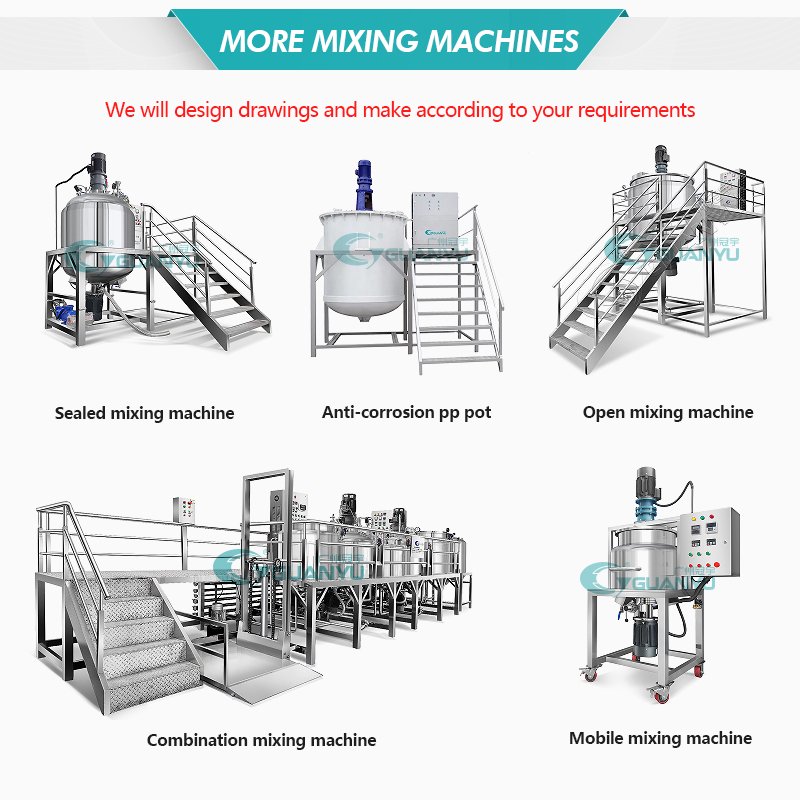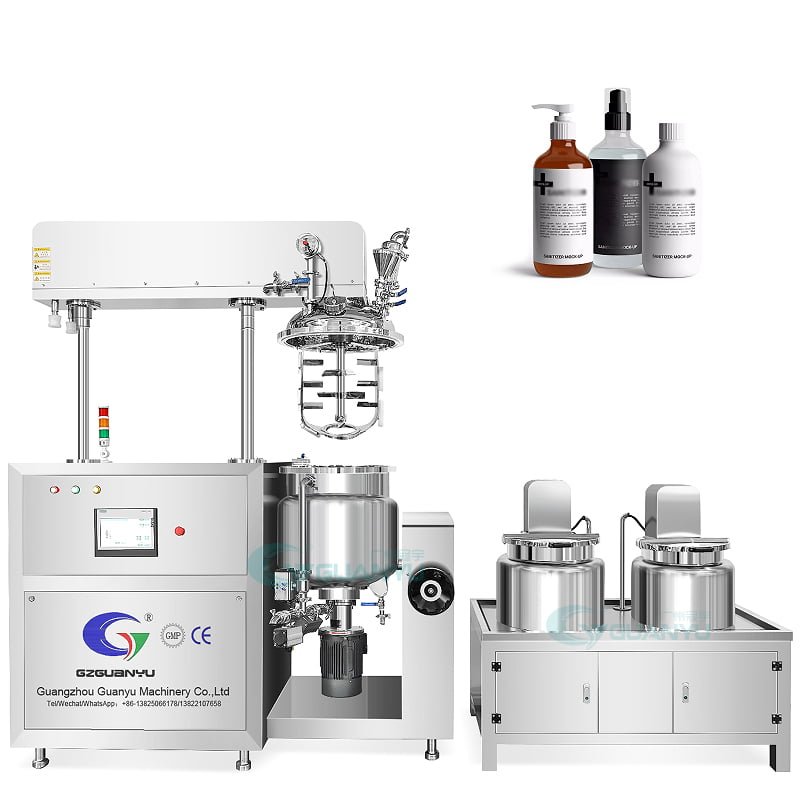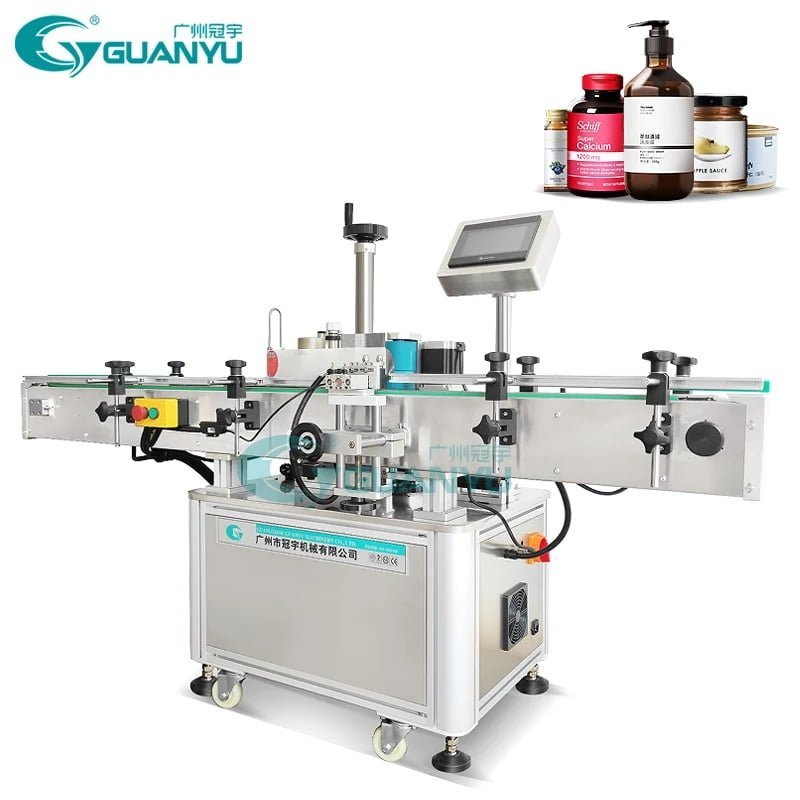A indústria farmacêutica é caracterizada por um controle rigoroso de qualidade, precisão, e inovação. Entre as muitas ferramentas e tecnologias que facilitam esses altos padrões, o reator de mistura, também conhecido como reator de tanque agitado, desempenha um papel fundamental. Esses dispositivos são parte integrante de uma variedade de processos, incluindo a síntese de ingredientes farmacêuticos ativos (APIs), Formulação de medicamentos, E até a produção de vacinas. Este artigo investiga o significado, aplicações, e benefícios da mistura de reatores na indústria farmacêutica.
Introdução a Reatores de mistura
Um reator de mistura é essencialmente uma embarcação projetada para misturar produtos químicos e reações realizado em condições controladas. Consiste em um tanque equipado com um agitador ou agitador, o que garante a mistura uniforme do conteúdo. O design dos reatores de mistura pode variar com base em seu aplicativo, Mas eles geralmente permitem controle preciso sobre a temperatura, pressão, e velocidade de mistura. Esse controle é crucial para manter a qualidade e a consistência dos produtos farmacêuticos.

Aplicações de embarcações de mistura na fabricação farmacêutica
1. Síntese de ingredientes farmacêuticos ativos (APIs)
A síntese de APIs é uma das etapas mais críticas na produção de medicamentos. APIs são os componentes biologicamente ativos dos medicamentos que produzem os efeitos terapêuticos pretendidos. Os reatores de mistura são usados extensivamente na síntese de APIs devido à sua capacidade de lidar com reações químicas complexas.
- Reações homogêneas: Em reações homogêneas, reagentes estão na mesma fase, normalmente líquido. Os reatores de mistura garantem que essas reações ocorram uniformemente, mexendo continuamente os reagentes. Isso resulta em uma qualidade consistente do produto e reduz o risco de reações colaterais que podem levar a impurezas.
- Reações heterogêneas: Estes envolvem reagentes em diferentes fases, como sólido e líquido. A agitação fornecida pela mistura de reatores ajuda a manter o contato entre as fases, Aumentar as taxas de reação e garantir a conversão completa de reagentes.
2. Processos de cristalização
A cristalização é um processo -chave na purificação de APIs. Envolve a formação de cristais sólidos de uma solução. O tamanho, forma, e a pureza dos cristais pode afetar significativamente a eficácia e a estabilidade do produto farmacêutico final. Os reatores de mistura facilitam a cristalização controlada por:
- Resfriamento uniforme e aquecimento: Mudanças de temperatura controladas são essenciais para a nucleação e crescimento de cristais. Os reatores de mistura fornecem resfriamento ou aquecimento uniforme, o que ajuda a alcançar as propriedades de cristal desejadas.
- Adição de solvente e anti-solvente: A adição controlada de solventes ou anti-solventes é crucial para supersaturação e cristalização. Os reatores de mistura garantem taxas de adição precisas, resultando em melhor controle sobre a formação de cristal.
3. Formulações de emulsão e suspensão
Muitos produtos farmacêuticos, como cremes, pomadas, e suspensões injetáveis, são formulados como emulsões ou suspensões. Os reatores de mistura são ideais para essas formulações devido à sua capacidade de criar e manter misturas uniformes de líquidos imiscíveis ou partículas sólidas suspensas em um líquido.
- Emulsificação: Para formulações de emulsão, Os reatores de mistura fornecem o alto cisalhamento necessário para dispersar uma fase líquida em outra, formando emulsões estáveis. Isso é crucial para produtos como cremes tópicos e suspensões orais.
- Preparação de suspensão: Em formulações de suspensão, Os reatores de mistura mantêm partículas sólidas distribuídas uniformemente em um meio líquido, prevenir sedimentação e garantir dosagem consistente em cada unidade do produto.
4. Processos de fermentação
A fermentação é um processo vital na produção de biofarmacêuticos, incluindo antibióticos, vacinas, e hormônios. Reatores de mistura, especialmente aqueles projetados como biorreatores, são essenciais nos processos de fermentação devido à sua capacidade de manter condições ideais para o crescimento microbiano ou celular.
- Aeração e agitação: A mistura eficiente garante a transferência adequada de oxigênio e a distribuição de nutrientes, que são críticos para o crescimento de microorganismos ou células usadas na fermentação.
- Esterilidade: Os reatores de mistura de grau farmacêutico são projetados para manter a esterilidade, Prevenção de contaminação e garantir a produção de produtos biofarmacêuticos seguros.
5. Escala e desenvolvimento de processos
Na indústria farmacêutica, Desenvolver um processo em escala de laboratório e, em seguida, dimensioná -lo para a produção industrial é um desafio complexo. Os reatores de mistura desempenham um papel fundamental nesta transição.
- Reprodutibilidade: Os reatores de mistura permitem o controle preciso das condições de reação, garantir que os processos desenvolvidos em pequena escala possam ser reproduzidos de maneira confiável em uma escala maior.
- Flexibilidade: Muitos reatores de mistura são projetados para serem modulares, permitindo fácil escala e adaptação a diferentes volumes de produção sem comprometer o controle do processo ou a qualidade do produto.

Benefícios do uso de reatores na fabricação farmacêutica
1. Qualidade e consistência aprimoradas do produto
A principal vantagem de usar reatores de mistura na fabricação farmacêutica é a qualidade e a consistência aprimoradas dos produtos. Controle preciso sobre a mistura, temperatura, e as condições de reação garantem que cada lote de produto atenda aos padrões rigorosos necessários na indústria farmacêutica.
2. Eficiência de processo aprimorada
Os reatores de mistura podem melhorar significativamente a eficiência do processo, reduzindo os tempos de reação e aumentando o rendimento. A mistura uniforme e o ambiente controlado minimizam a formação de subprodutos e impurezas, levando a maior produtividade e custos mais baixos.
3. Flexibilidade na produção
Os reatores de mistura oferecem flexibilidade nos processos de produção. Eles podem ser usados para uma ampla gama de aplicações, De experimentos de laboratório em pequena escala a produção industrial em larga escala. Esta versatilidade os torna indispensáveis na indústria farmacêutica, onde diferentes produtos e processos geralmente requerem condições únicas.
4. Conformidade com os padrões regulatórios
A indústria farmacêutica é fortemente regulamentada, com diretrizes estritas que regem todos os aspectos da produção de medicamentos. Os reatores de mistura são projetados para cumprir esses regulamentos, incluindo boa prática de fabricação (GMP) padrões. Sua capacidade de fornecer controle e reprodutibilidade precisos ajuda os fabricantes a atender aos requisitos regulatórios de forma consistente.
5. Segurança aprimorada
A segurança é fundamental na fabricação farmacêutica. Os reatores de mistura estão equipados com recursos avançados de segurança, como sensores de pressão e temperatura, Mecanismos de desligamento automáticos, e sistemas de contenção, Para garantir uma operação segura. Isso reduz o risco de acidentes e aumenta a segurança geral do processo de fabricação.
Tendências futuras na tecnologia de equipamentos de mistura
À medida que a indústria farmacêutica continua a evoluir, o mesmo acontece com a tecnologia por trás dos reatores de mistura. Algumas tendências e inovações emergentes incluem:
1. Processamento contínuo
O processamento contínuo está ganhando força na fabricação farmacêutica devido ao seu potencial para maior eficiência e redução dos tempos de produção. Os reatores de mistura contínuos permitem o fluxo ininterrupto de reagentes e produtos, levando a uma produção mais consistente e escalável.
2. Sistemas de controle avançado
A integração de sistemas de controle avançado, como monitoramento e automação em tempo real, está revolucionando o uso de reatores de mistura. Esses sistemas permitem controle preciso sobre condições de reação e permitem ajustes imediatos, Melhorando a eficiência do processo e a qualidade do produto.
3. Reatores de uso único
Reatores de uso único estão se tornando mais populares, especialmente na produção de biofarmacêuticos. Esses reatores descartáveis eliminam a necessidade de limpeza e esterilização entre lotes, reduzindo o risco de contaminação e acelerar os processos de produção.
4. Química Sustentável e Verde
Há uma ênfase crescente na química sustentável e verde na indústria farmacêutica. Os reatores de mistura estão sendo projetados para suportar processos ecológicos, como reações livres de solventes e operações com eficiência energética, contribuindo para as metas de sustentabilidade do setor.


Conclusão
Os reatores de mistura são indispensáveis na indústria farmacêutica, desempenhando um papel crucial na síntese de APIs, Formulação de medicamentos, e produção de biofarmacêuticos. Sua capacidade de fornecer controle preciso sobre condições de reação, Aumente a qualidade do produto, e melhorar a eficiência do processo os torna uma ferramenta vital na fabricação farmacêutica. À medida que a tecnologia continua a avançar, Os reatores de mistura continuarão, sem dúvida, evoluir, dirigindo inovação e eficiência na indústria.


Can you be more specific about the content of your article? After reading it, I still have some doubts. Hope you can help me.